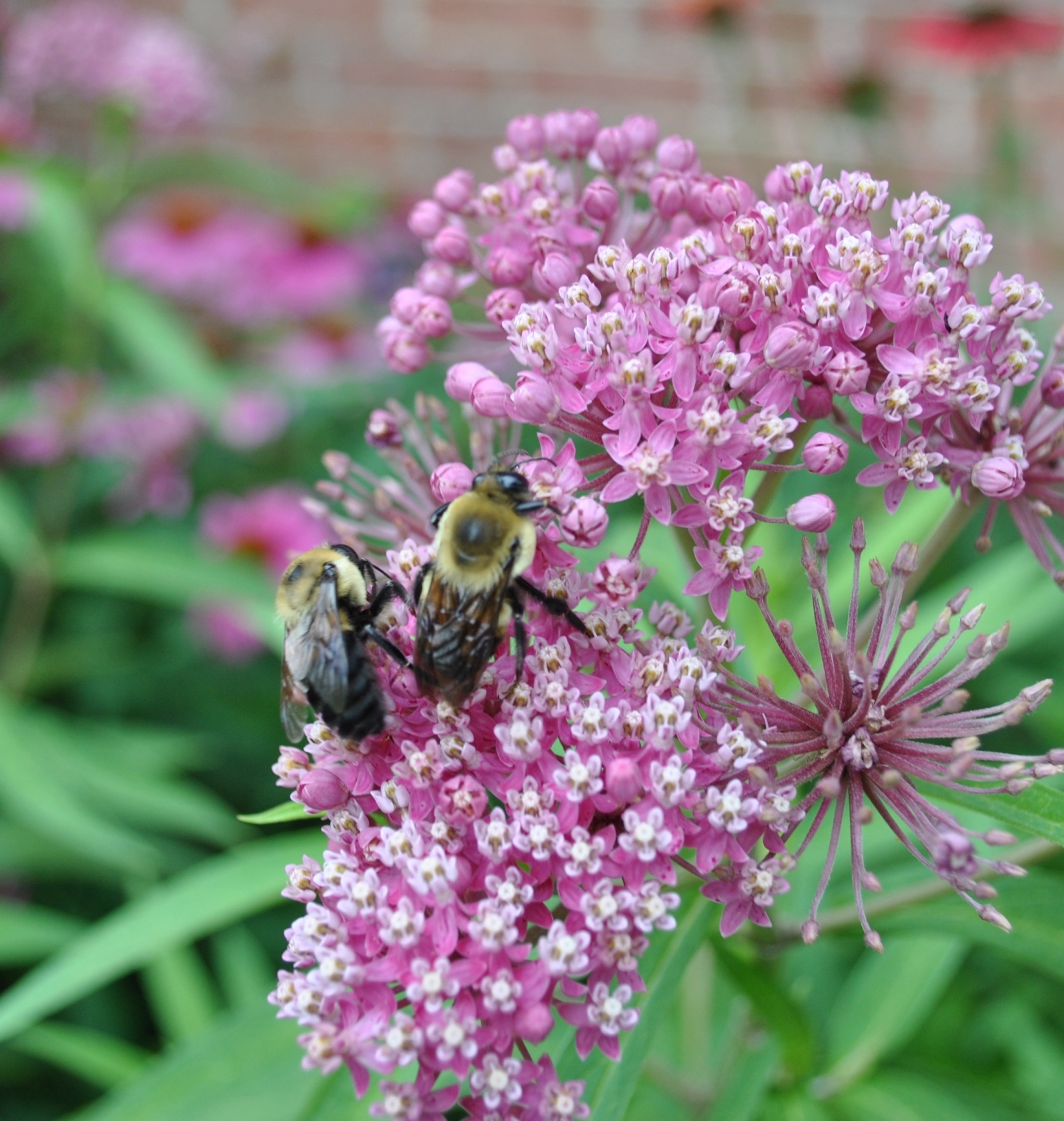

Today, the Administration is releasing the Pollinator Partnership Action Plan (PPAP), building on Federal actions to improve pollinator health by facilitating additional state and private-sector engagement. The PPAP furthers President Obama’s June, 2014, memorandum that focused the attention of Federal agencies on the plight of the pollinators—honey bee colony mortality rates that impact the viability of commercial beekeepers and agricultural pollination services; monarch butterfly declines that threaten its iconic continental-scale migration; and other pollinator species quietly slipping toward extinction. Federal agencies have risen to this challenge:
- We now have national, statistical, metrics on honey bee colony numbers, confirming that mortality rates remain too high and providing a robust baseline against which we can apply our expanding research knowledge on causal factors and best practices to mitigate losses;
- The monarch butterfly migration improved in 2015-16 due to ideal weather conditions and early on-the-ground habitat efforts, yet an early spring snowstorm in the overwintering forests in Mexico reminds us of the tenuous nature of these gains; and,
- Good progress has been made to restore or enhance millions of acres of pollinator habitat.
As the President made clear, ultimate success can only be achieved through an all-hands-on-deck approach to create the necessary long-term change and fully internalize the value of these creatures to our well-being. The PPAP shares examples of existing partnership actions as models for future efforts, and encourages ideas for new and creative ways to engage all sectors of society in the long-term protection of pollinators, including opportunities to:
- Share a little land by planting pollinator-friendly gardens and meadows. Focus on native, American, plants—they are going to strive for their place in the sun, and when they get there they will reward with a floral abundance both beautiful and bountiful—a zoo-in-your-own-backyard. Be part of the Million Pollinator Garden Challenge.
- Use Integrated Pest and Vegetation Management. Consider carefully how you wish to manage your land—green and manicured but with few species, or a little scruffy yet rich with life? Pesticides have empowered us to efficiently kill unwanted plants and insects, but a pest to you may be a home to a pollinator, and inappropriate application may cause collateral damage to beneficial plants or insects. If and when we need to use these chemical tools, we should do so with wisdom and reflection.
- Support Audacious Goals. Six State Departments of Transportation (MN, IA, MO, KS, OK, TX) and the Federal Highway Administration have recently agreed to informally designate the 1,500 mile Interstate-35 as the “Monarch Highway”, highlighting the heritage of the prairie states and their essential role in the monarch butterfly migration. This action builds on the growing awareness that road, powerline, and other rights-of-way, which must be maintained in low, accessible, vegetation, can double as low maintenance, ecological sanctuaries and corridors.
- Be Bold and Creative with New Solutions. Why not use uplifting names to refer to desirable plants? We cannot change a scientific name, but a common name is whatever we choose to call a plant. Asclepias incarnata (pictured) is a beautiful plant and essential for monarch butterfly eggs and caterpillars. Rather than call it swamp milkweed, a more deserving title would be “rose milkflower” or “monarch plant.”
Plot your part in the next American evolution—nurture and celebrate these unpaid workers who pollinate our flowers, fruits, nuts, and vegetables!
Bruce Rodan is the Assistant Director for Environmental Health for the White House Office of Science and Technology Policy.

